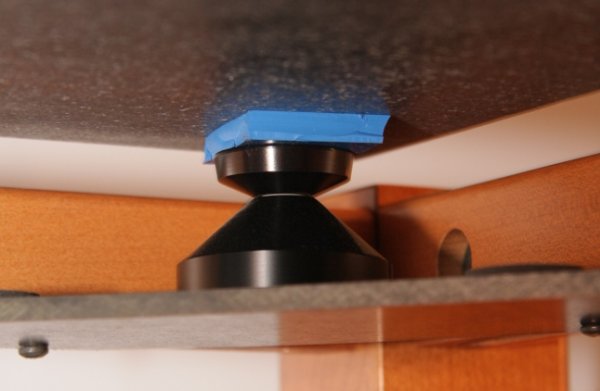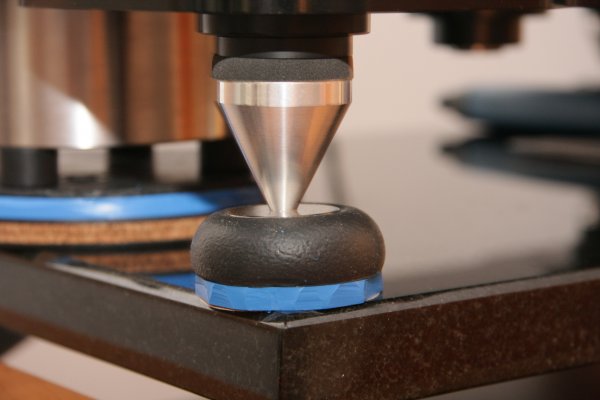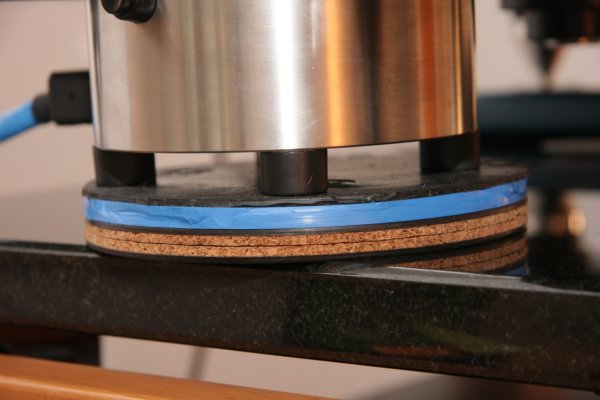Does anyone have experience with the EAR ISODAMP C-1002 isolation compound, in various thicknesses? Any comparisons with sorbothane? I want to build on my existing custom TT isolation, and EAR is supposed to be the broad industry leader in isolation devices, from aircraft applications down to fine lab instrument, to which the C-1002 is supposed to apply...
Thanks
Thanks
Last edited:




